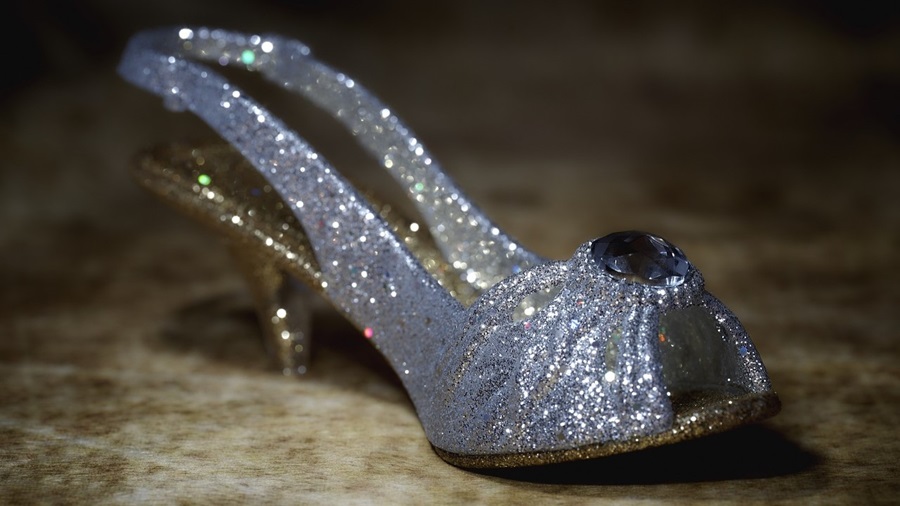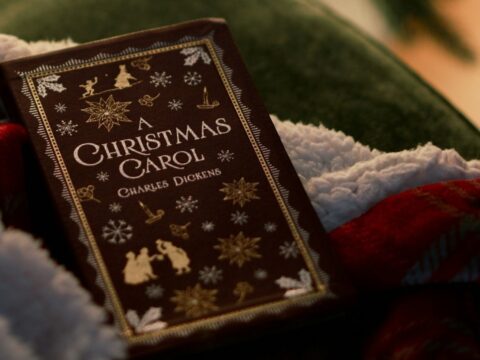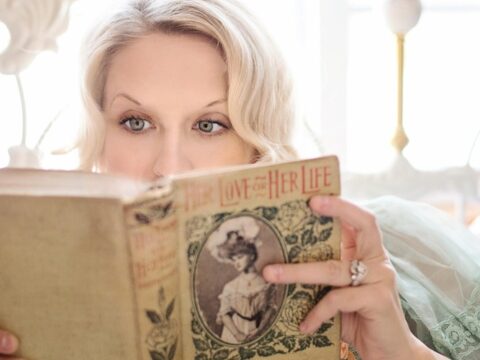[Cinderella] first washed her hands and face clean, and then went and bowed down before the prince, who gave her the golden shoe. She sat down on a stool, pulled her foot out of the heavy wooden shoe, and put it into the slipper, and it fitted her perfectly.
“Aschenputtel,” Jacob and Wilhelm Grimm
I noticed something recently: fairy tales have a singular fascination with shoes. Maybe it’s unobservant of me to not have seen this sooner. But after writing about The Twelve Dancing Princesses, it occurred to me just how many fairy tales feature magical shoes. We have the world-famous glass slippers of Cinderella, bequeathed to her by her fairy godmother. We have the twelve princesses who wear out their dancing shoes every single night, much to their father’s rage. Then what about good old Puss in Boots, known for his fancy footwear and quick wit? Or the legendary seven-league boots that can travel long distances with each step? Or Hans Christian Andersen’s maniacal red shoes that force a girl to dance forever?
The list of fairy tale shoes goes on and on. But why?
The Significance of Shoes
My research on this topic revealed one thing very clearly: there is no broad consensus on why cultures everywhere are obsessed with shoes. There are many theories of course, some quite contradictory. I’m by no means an expert on the history of shoes, but this aspect of fairy tales is so fascinating that I absolutely HAD to write about it.
So. What did shoes mean to people long ago? Shoes today come in all shapes and sizes depending on the occasion, their function, or the person wearing them. Some shoes are for dancing, some for glamorous events, some for our daily work, and others for indoor relaxation. People throughout history had these same functional needs of their shoes—though the need for beautiful shoes was reserved only for the rich and powerful.
This aspect of footwear still persists today, really. You can often tell the economic status of a person by the type of shoes they wear. Which leads perfectly into the function of fairy tale shoes . . .
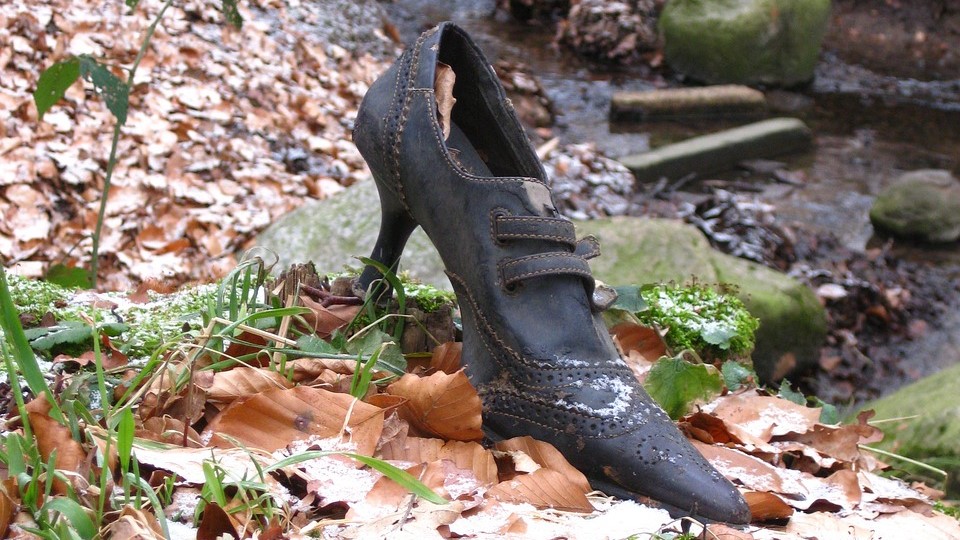
A Distinct Pair of Shoes Signals Transformation
If you’re reading a fairy tale and a new pair of shoes tap dances onto the scene, they often usher in a change of fortune—good or bad. Because why mention the shoes at all unless they’re about to make something happen? Something involving enchantment most likely.
When it comes to fairy tale shoes, I’m intrigued why such a practical, mundane object would be magical. Think about it: we wear shoes on our feet, the dirtiest (and often smelliest) part of our body. Even the most glorious pair of shoes gets walked on, picking up dust and mud along the way. Unless magic shoes don’t get dirty at all . . .
But regardless, this fusion of something so base with life-changing magic is an interesting combination. Why would shoes of all the commonplace items in the world be the bearer of fortune? I have my own theory that fairy tale shoes as a motif embody fairy tales themselves: a manifestation of magic found in the mundane.
Fairy tales are renowned for their realism and their gritty details that shine a light on the cultures they come from. Even the most magical story contains the everyday troubles and dreams of its time. To me at least, this marriage of the real and the fantastic dovetails perfectly with magic shoes. Who would ever think that a shoe could change the destiny of an underdog forever? Not unless you think about shoes in their historical context . . .
Many Fairy Tale Shoes Signify Status
People were barefoot throughout much of history, but the earliest shoes were created for practical use: shoes made of wood or leather to protect feet from harsh conditions. It was much later that the wealthy began to wear shoes made of fine fabrics like satin, silk, and damask. These shoes were made to impress, and no fairy tale draws more attention to contrasting footwear than Cinderella.
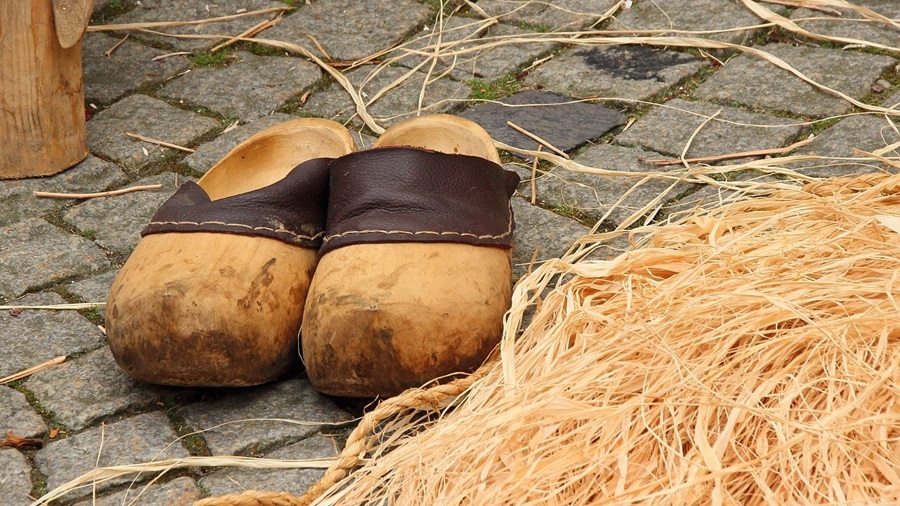
In the Grimms’ version of this story, Cinderella’s fate changes for the worst when her evil stepfamily gives her a gray smock and ugly wooden shoes to wear, a proper uniform of the working class. Later, magical birds give her a gorgeous dress and pure gold slippers to wear to the ball. The golden shoe that she leaves behind allows the prince to find her and marry her.
Cinderella stories exist all over the world, and in most of them, it’s a misplaced shoe that ushers the heroine into a better life. The type of shoe depends on Cinderella’s country of origin. In Iraq she wears golden clogs while in Egypt her shoe is a simple sandal delivered to the king by an eagle. But the most famous version of Cinderella’s shoes are the wildly impractical glass slippers from Charles Perrault’s French version. Whatever her shoes are made of, they grant Cinderella an advantageous marriage and a happier life forever after. Just as quickly as the wooden shoes spelled out her doom, the magic slippers signal her salvation.

Cinderella’s Slippers Aren’t the Only Shoes for Social Climbers
Rags to riches shoe stories appear to be a favorite of Charles Perrault. There are two other tales of status-granting shoes in his collection, this time about male characters wearing magic boots.
First, we have Perrault’s lesser-known tale Little Thumb sometimes translated as “Little Thumbling.” Abandoned in the woods by his starving parents, Little Thumb escapes his unfortunate circumstances by stealing an ogre’s seven-league boots. He uses these magic shoes to steal the villain’s entire fortune and become the fastest courier in the kingdom, amassing even more wealth. Much like Cinderella’s slipper, the magic boots transform Little Thumb and elevate his status to match his shoes.
But a far more well-known story is the charming Puss in Boots. When a poor young lad inherits a talking cat, the feline asks his master for a bag and a pair of boots so the cat can make his master wealthy. The magical nature of these boots is vaguer than in Cinderella or Little Thumb. Puss could already talk before wearing them. But once the boots go on, he goes from a simple cat hunting rats to a smooth-talking wingman who walks on his hind legs.
Puss approaches royalty on his master’s behalf, now properly dressed to cavort with the nobility. This is an interesting example of shoes elevating status since Puss is only acting on behalf of his master. Then again, his master was the person who gave Puss his boots. In return, Puss repays the lad with wealth, a castle, a noble title, and a princess as his wife. Which brings me to another common theory of fairy tale shoes . . .
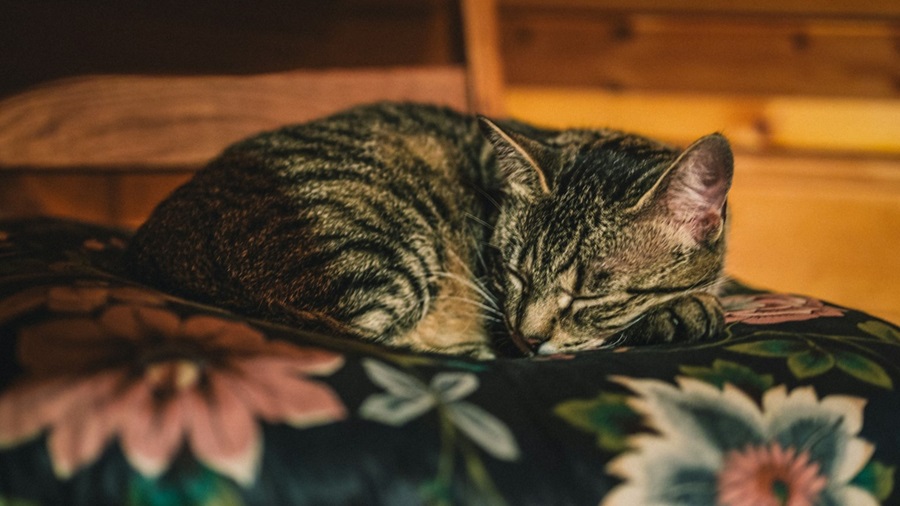
In Many Stories, Shoes = Sex
I mean . . . it’s fairy tales. Are we even surprised by the sex theory? Shoes are an incredibly personal item of clothing. They’re not exactly something you lend to people. And historically when shoes were hidden beneath women’s skirts, you can understand why they would symbolize forbidden sexuality.
It’s unsurprising then that fairy tale shoes often lead to marriage. Take Cinderella for example. Her shoe is the precise means by which her princely suitor tracks her down and proposes to her. That must have been a particularly intimate moment when the prince places the slipper on her foot, downright scandalous in fact. Though for the record, most traditional versions of Cinderella have the girl putting the shoe on herself. With several witnesses observing . . . The point stands.
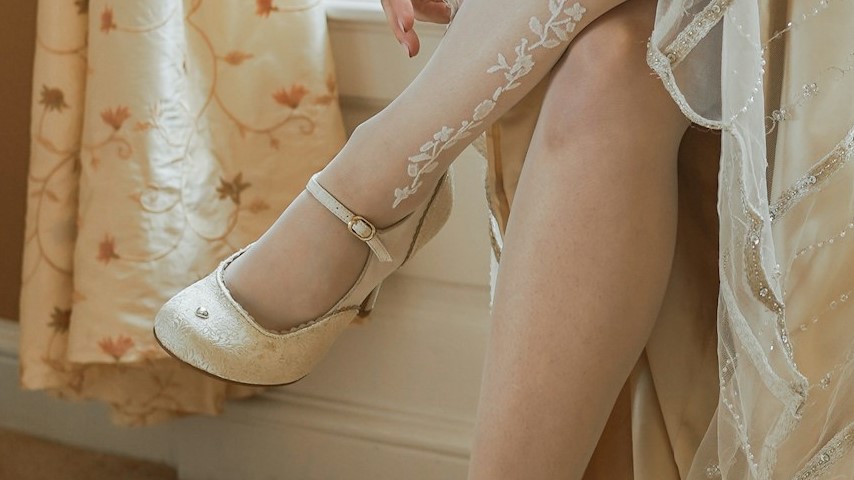
This symbolism is even starker in The Twelve Dancing Princesses. Here, the princesses don new shoes every night to journey to a magical underground kingdom and dance with handsome princes. It’s heavily implied that their father reads a lot into their worn out shoes each morning. Much more than his daughters sneaking out for a bit of fun. In fact, worn out dancing shoes could be a direct symbol of sexual dalliances with young men outside of marriage, which makes it slightly more obvious why their father would put an end to their nighttime diversions. And once again, the shoes themselves lead to one or all of the daughters marrying, depending on the version you read.
Beyond marriage, fairy tale shoes are also associated with fertility. Remember the popular English nursery rhyme about the old woman who lived in a shoe? The one who had so many children, she didn’t know what to do? I know it’s weird, but there’s definitely a link between her unusual living space and her notoriously large family. I said what I said.
But Matchmaking Shoes Aren’t Just Reserved for Women
There are countless examples of men’s fairy tale shoes also leading to love, marriage, and intimacy. The first example that comes to mind is the extremely delightful Billy Beg and His Bull, an Irish Cinderella story. Billy Beg rides a magical bull and runs away from home to escape his evil stepmother. When he rescues a princess from a dragon, he flees before anyone finds out his identity. But the princess manages to snag his boot and will only marry the person the shoe fits.
Another beautifully obscure shoe story is the Slavic fairy tale The Daughter of the King of the Vilas. In it, a boy is cursed to die if he marries anyone but the fabled princess. A wise old smith gives him three pairs of iron shoes to help him locate his one true bride. Our hero must wear each pair in turn to protect his feet on the long journey.
Another tale I hadn’t heard before now is The Magic Shoes and Staff from India. Here a young man obtains a pair of magical flying shoes that he uses to visit the princess he loves. Much like Rapunzel, the beautiful girl is sequestered in a tower by her controlling father. Not a problem when your suitor can literally fly to your window. The text doesn’t specify if the couple’s relationship is—ahem—intimate in nature. But with the sensual undertones of the flying shoes, I would guess yes. Unlike Rapunzel’s prince, this suitor does not suffer any consequences for his out-of-wedlock advances on an impressionable girl.
However. There are plenty of examples of shoes bringing pretty nasty karma to the people who dare to put them on.
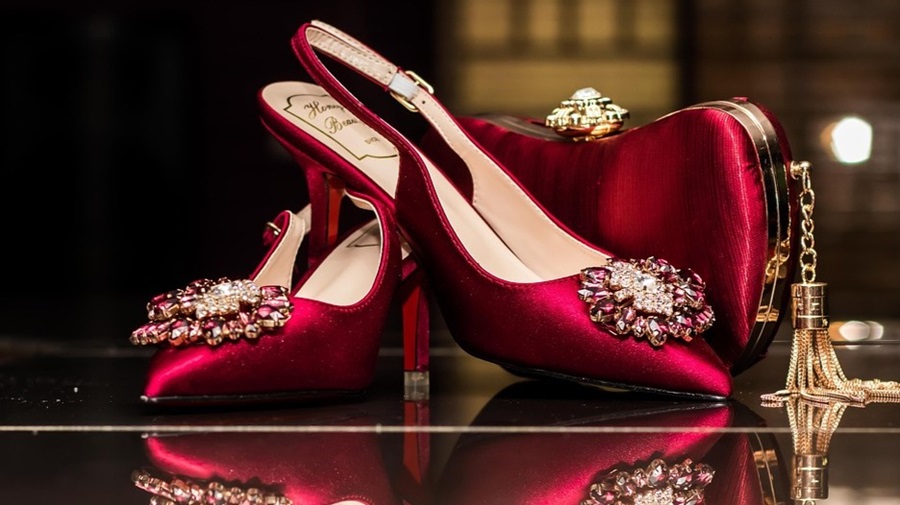
The Link Between Red Shoes and Punishment
The wrath of red fairy tale shoes seems to be reserved only for female characters who commit the sins of envy, indecency, and pride. The most classic example is Hans Christian Andersen’s The Red Shoes. The main character, Karen, envies a princess’s red shoes and obtains a pair herself. She makes the rash decision to wear the red shoes to church (gasp!) and is severely punished when the shoes magically force her to dance. When she can’t remove them, Karen eventually amputates her feet (shoes and all) with an executioner’s ax. Yikes.
Little Karen isn’t the only woman forced to dance in red shoes. In the original Snow White story, the evil queen is forced to dance herself to death in red-hot shoes glowing from the hearth as justice for her crimes. Just as Karen is punished for envying shoes above her station, the queen is punished for envying Snow White’s beauty. Her reward is the crudest shoe imaginable: iron shoes fashioned for torture.
This theme of envious women ending up in red shoes also applies to Cinderella’s evil stepsisters. They eagerly claim a slipper that isn’t theirs, mutilating themselves to fit into it. After cutting off their toe and heel to fool the prince, he discovers their deception because their blood has stained the slipper crimson red. That’s quite a stark image if you believe that Perrault’s original slipper was made of white fur . . . Regardless, this is yet another example of women coveting a high-status shoe that they have no right to wear—and paying dearly for it.
But Not All Red Shoes Are Bad in Fairy Tales
In plenty of folklore, red is often a color that represents excess, vanity, and sometimes sexuality (in the case of Little Red Riding Hood). As cool as I think it is that red shoes symbolize punishment, there are examples of red shoes bringing luck to their owner.
In The Juniper Tree, which is a super macabre story, the little girl named Marlene receives a pair of red shoes as a gift of love and encouragement from her deceased brother. Then we have little Gerda in The Snow Queen, who also owns a beloved pair of red shoes. She sacrifices her shoes by throwing them into a magical river, which guides her to find her childhood friend. These young girls are both the epitome of goodness, and their red shoes are perfectly innocent accessories. If anything, their footwear is a link to the people they care about.
I can’t help but think of the classic film The Wizard of Oz, in which a red pair of shoes is also a source of good. The ruby slippers protect Dorothy from the wicked witch. And eventually the shoes become her ticket back home to her family. The Wizard of Oz isn’t technically a fairy tale, but I do love the magic shoes in it. Fun fact: the ruby slippers were originally silver. Apparently MGM made them red only because they popped better on camera.
But anyway! Dorothy, Marlene, and Gerda all have something in common: their shoes connect them to their loved ones by representing who these young women are and where they came from. Which brings me to what I would consider to be the enduring message of shoes in fairy tales . . .
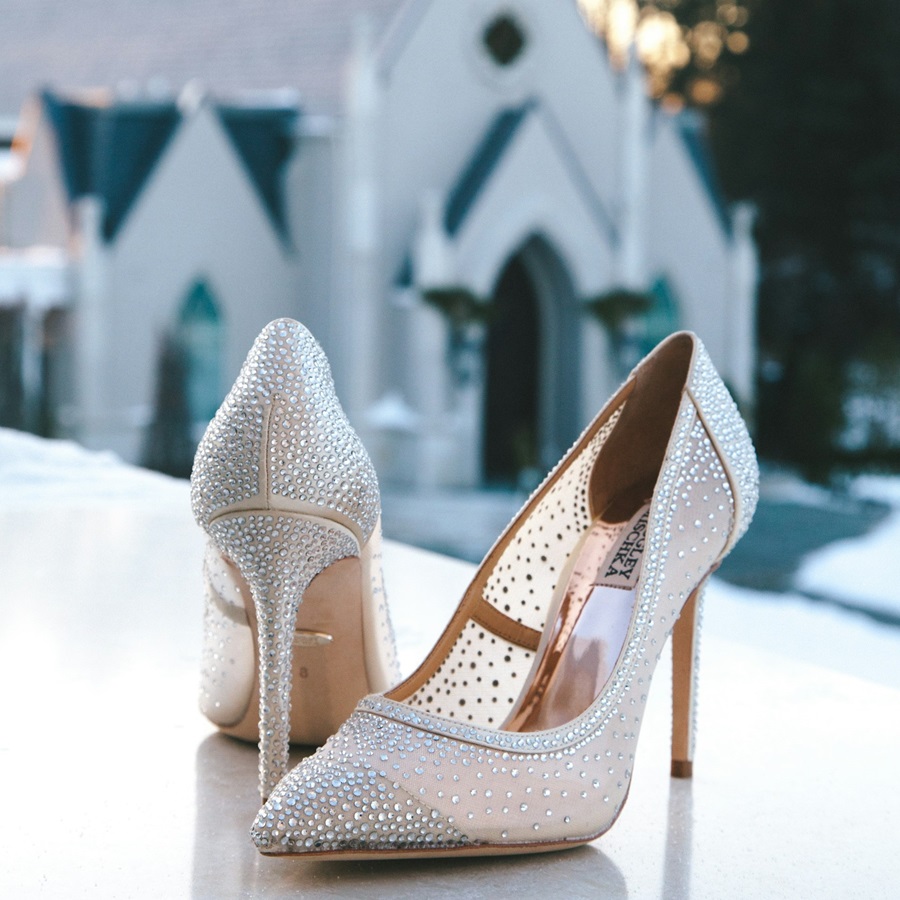
Fairy Tale Shoes Are a Talisman of Identity
When we buy new shoes today, especially online, we can choose any style of shoe we want. But long ago, shoes were much harder to come by. Many people only owned one pair. And that singular set of footwear said everything about who they were. Shoes are literally foundational, grounding us as we go about our everyday lives. No wonder they’ve become a symbol of identity.
If you really want to know someone, isn’t the phrase that you need to walk a mile in their shoes? Even after someone moves on or passes away, whoever steps in to take their place has “big shoes to fill.” I guess at the end of the day, shoes are the best symbol we’ve got of the individual journey we’ve all trod with our unique scuffs, scrapes, and wear. Nobody can fit into your shoes the way you can, whether you’re wearing the humblest of leather boots or the fanciest satin slippers. ❧

